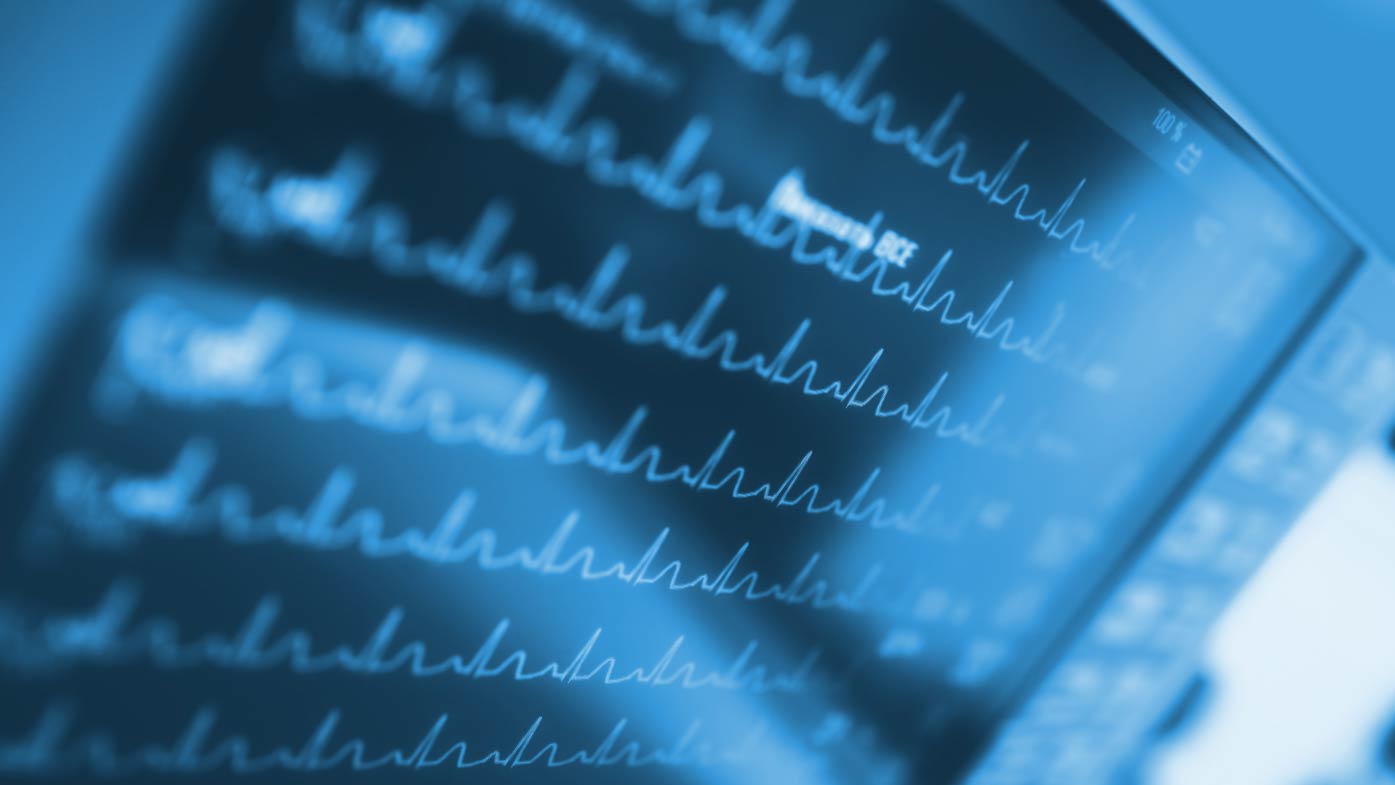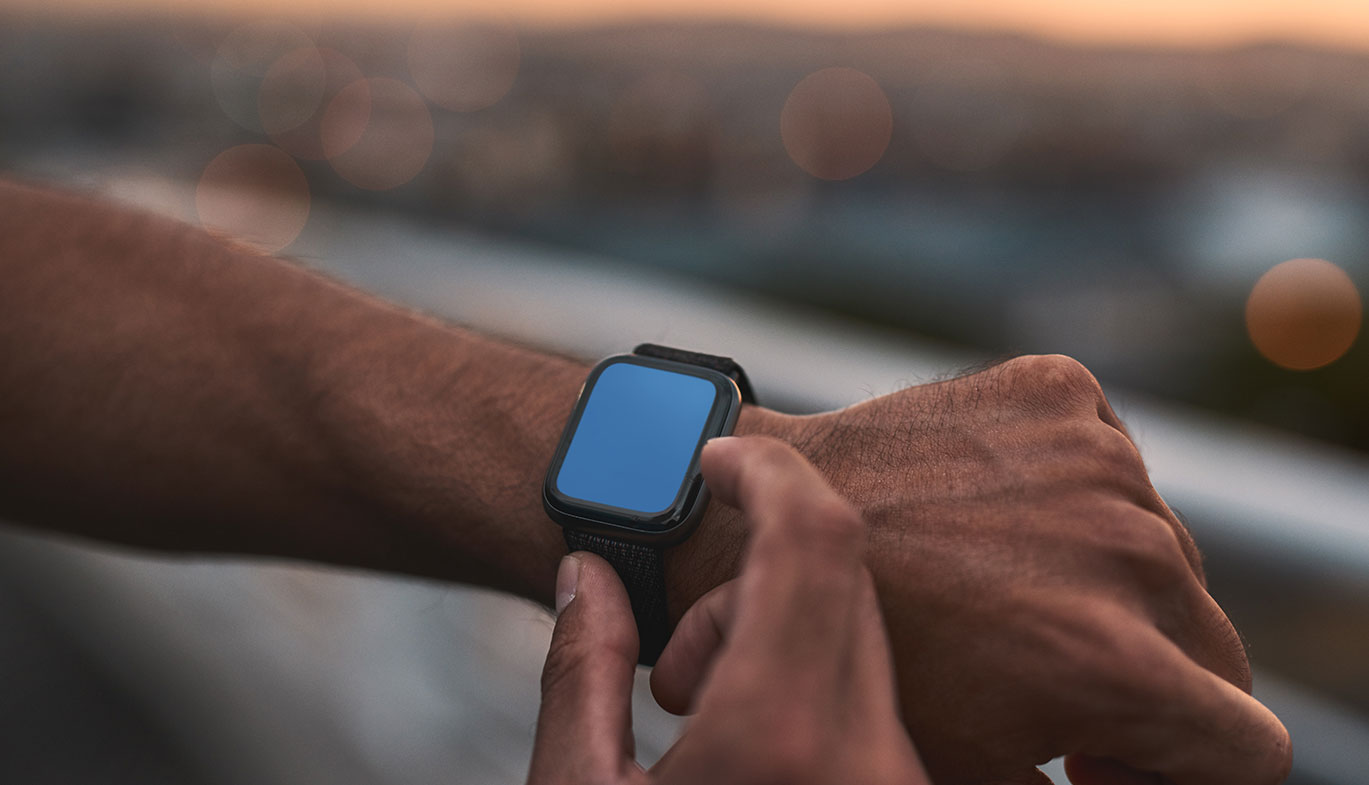1. Research in the Space
Though undiagnosed and untreated AFib is associated with increased stroke risk, to date, no studies have demonstrated whether proactively screening for AFib reduces stroke risk compared to standard care. This is a key data gap identified by national screening committees and guideline-making bodies. However, GUARD-AF, exciting new research seeking to determine if earlier detection of AFib through screening in previously undiagnosed men and women at least 70 years of age in the U.S. ultimately impacts the rate of stroke, compared to usual standard medical care, is on the horizon – and it has the potential to help inform screening guidelines as well as routine clinical practice. This study will also assess potential bleeding leading to hospitalization, and therefore provide an evaluation of net clinical benefit or harm associated with screening.
2. Raising Awareness
Approximately eight million people in the United States are projected to be affected by AFib in 2019, and as the U.S. population ages, this number is expected to rise. Because of this, initiatives like Matter of Moments are working to raise awareness of AFib and its associated risk for stroke, bringing together thought leaders in the cardiology and patient advocacy spaces to bring the AFib conversation to the forefront. Increasing awareness among doctors and patients alike on who is at risk for AFib and why it matters could help encourage conversations around detection in individuals at higher risk for AFib.
3. Technology and Healthcare, Working Hand in Hand
Modern consumer technology is bringing sophisticated health measures to our fingertips – or our wrists. Many of today’s wearable devices can detect sleep patterns, track different types of physical activity, and even monitor your heart rhythm. The next frontier in health-focused consumer technology is providing guidance, along with alerts and data, to interpret information from wearables to help improve the dialogue between patients and doctors during routine clinical care. This is especially meaningful with AFib because its characteristics can make it challenging to detect. As consumer technology and healthcare continue to converge, potential opportunities for early AFib detection are on the rise.
The appropriate management of AFib, made possible by timely detection and diagnosis, hinges on using all available tools, including evolving technology, research with the potential to change clinical practice, and awareness-raising initiatives to help facilitate productive conversations between patients and their doctors during routine check-ups. These tools might help shape screening guidelines, improve patients’ health vocabularies, and open new doors for detection for those at increased risk for AFib.
Knowledge is power. For people with AFib knowledge may mean the power to have meaningful, productive conversations with their doctors based in part on data from a wearable device as well as information in-hand on their condition and its associated risks. The hope is that the growing body of knowledge around timely detection could accelerate diagnosis in appropriate patient populations and advance care.





